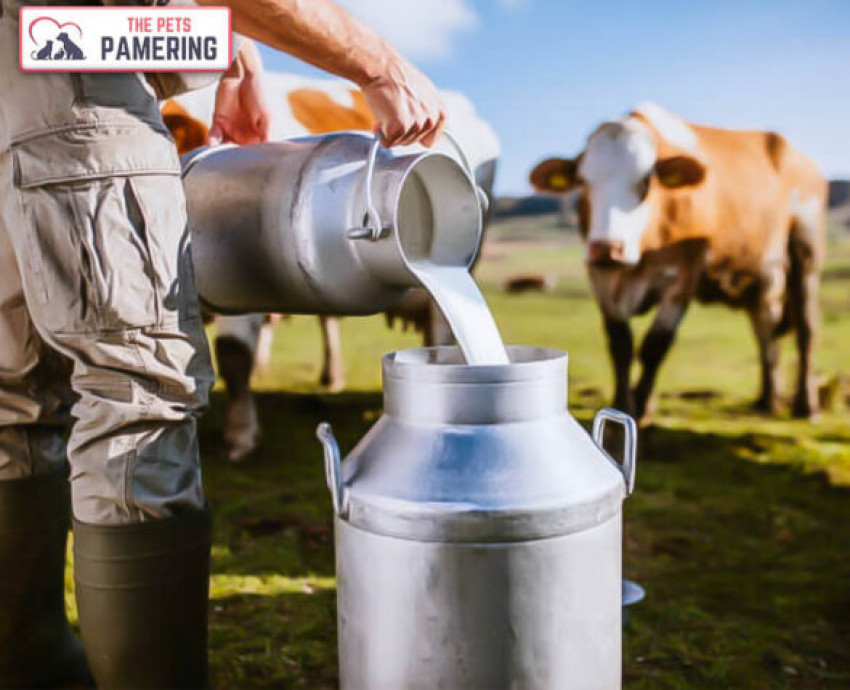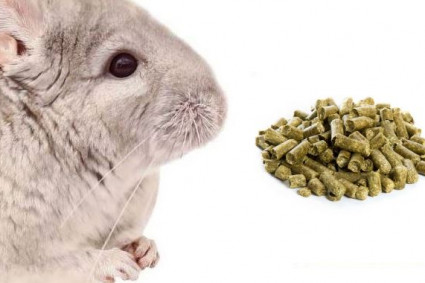
The amount of milk you desire each day and the size of cow you want are the two most important elements to consider when selecting a breed for your family cow. Larger cows use more food, necessitating larger, more robust quarters. Many people pick a Jersey cow, which resembles a large deer. They are the smallest (average 800 pounds) and produce the most butterfat-rich milk among the major dairy breeds, which are two highly desirable traits.
Remember that 1 quart of cream takes 10 quarts of milk to make, and a quart of cream only yields a pound of butter or 1 1/2 quarts of ice cream. Jersey cows can generate up to 6 gallons of 5% butterfat milk per day. This is a high-yielding variety.
What breed to buy
You’ll most likely purchase a cow that has been culled from the herd for giving less milk, which is fine. You wouldn’t be able to drink 6 gallons of milk every day, therefore a productive cow would be considerably more costly.
Selecting a major breed simplifies your search and may provide you with additional options. It will take a little more effort to choose a different, minor breed, but you might find one that is better suited to your needs. In Maine, you can find the following minor breeds:
Dexter
At three years of age, registered cows stand 36 to 42 inches tall at the shoulder and weigh about 750 pounds. Dexters are responsible for the production of meat and milk. Dexters are prolific milkers for their stature. They can readily nurse two calves at once or generate 1.5 to 2.5 gallons of milk each day with a butterfat content of 4%. The breed matures early, and its beef is cost-effective to produce, with outstanding flavor and marbling. Dexter steers can be finished on grass without extra feeding around 18 to 24 months of age, with an average live weight of 770 pounds. Dexters are known for their long lifespan, and they should reproduce every 14 years or more. Calving issues are uncommon, and calves are swift on their feet and full of energy.
Devon Milking
The Milking Devon is a brilliant red, medium-sized, triple-purpose breed (milk, meat, and oxen) that has evolved to live in harsh climes and on a diet high in low-quality grass. Good care and maintenance are essential for this healthy, long-lived breed. When a calf nurses during the day but not at night, average milk output is about 2 gallons per day; when a calf does not nurse, average milk production is 4 to 5 gallons per day. Even when the cow receives little or no grain, the butterfat percentage is 4 to 5%.
Kerry
Kerry cattle are a tiny, fine-boned, predominantly black dairy breed. Cows are horned and weigh 780 to 1000 pounds. Milk output ranges from 3 to 4 gallons per day, with a butterfat content of over 4%. Kerrys are tough and long-lived, often calving at the age of 14 to 15 years.
Canadienne
The Canadienne is well adapted to the climate, soil, and herbage of Canada, and it does not require expensive imported foods or careful management. It is petite (cows weigh between 1000 and 1100 pounds), long-lived, and has a calm demeanor. In accordance to their body size and food requirements, Canadiennes produce adequate volumes of high-quality milk (2 to 3 gallons with 4% butterfat). Because the meat is lean and the bone is light, there is a high percentage of usable meat in relation to total body weight.
The Belted Dutchman
Because the Dutch Belted has a tiny bone structure, calving is simple. Stock and dairy producers that use grass-based methods are interested in them because of their extraordinary longevity and fertility, excellent meat yield, and amiable dispositions. They have an 8 gallon capacity.








